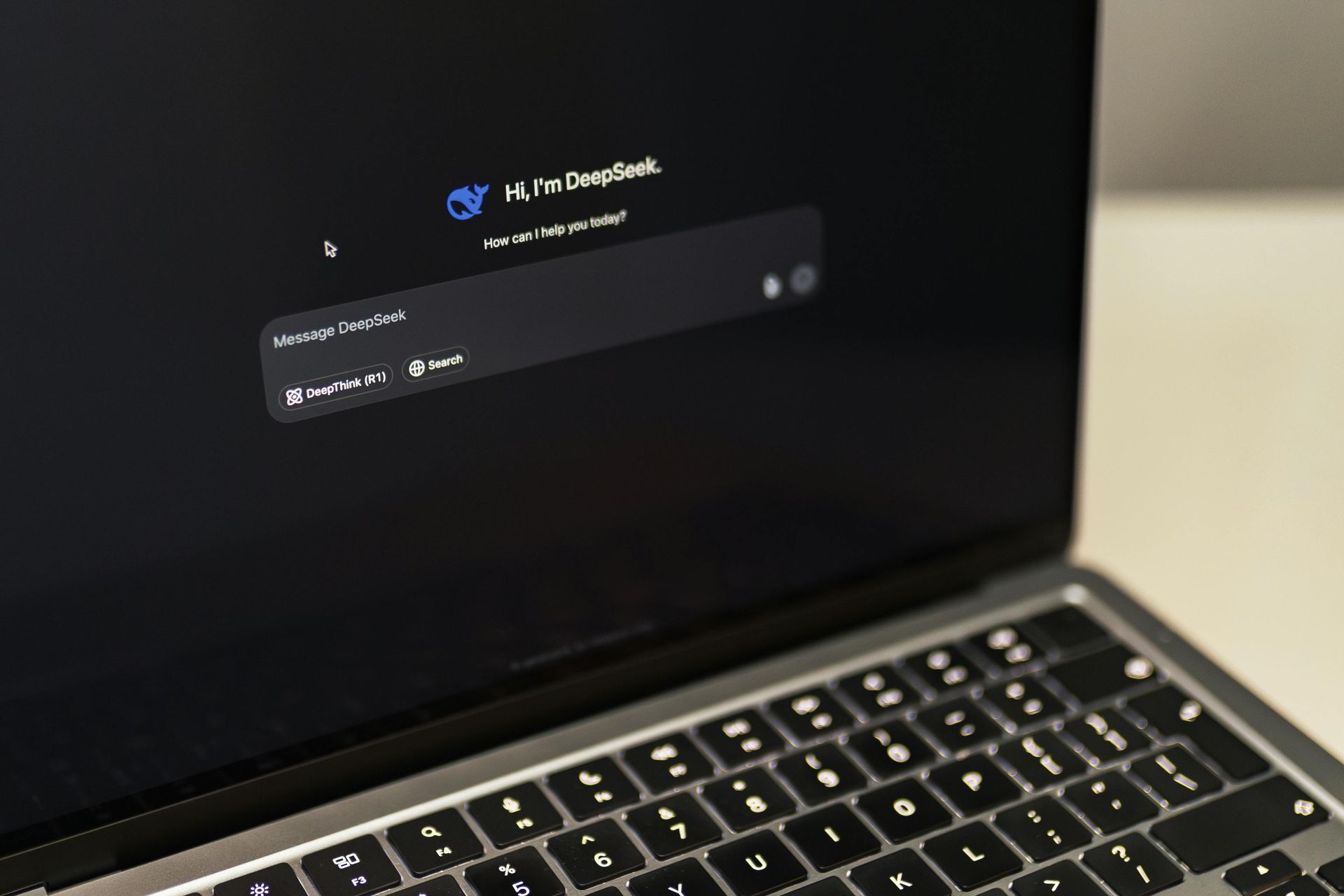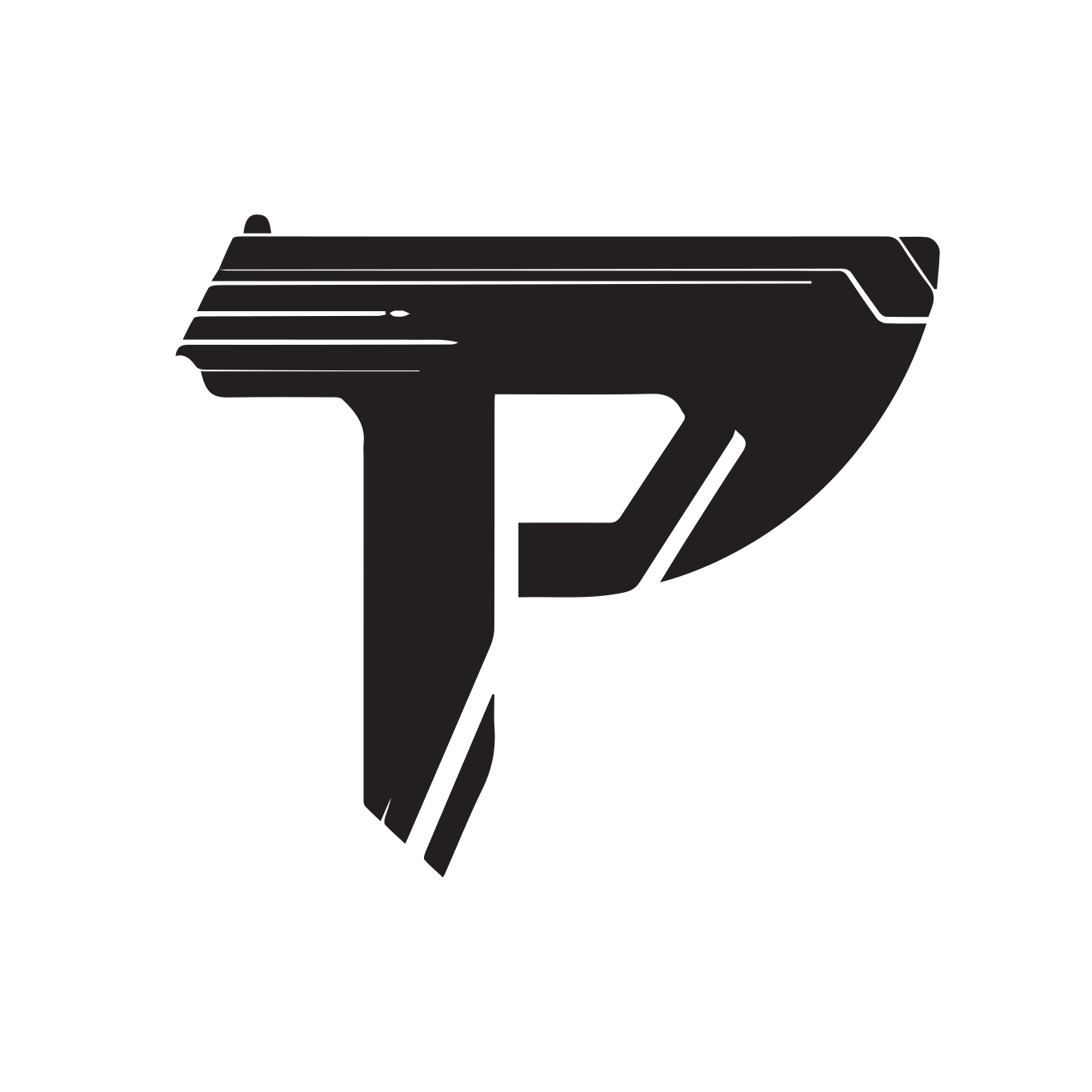How Agentic RAG Transformed a 30-Year Home Inspection Business
Hidden Value in Home Inspections
After more than three decades in the residential home inspection industry, one business had developed a well-earned reputation for quality, integrity, and thorough evaluations. With a library of thousands of inspection reports, their commitment to helping homeowners identify issues early had never wavered.
But something had changed. As technology accelerated and competition increased, the business began to wonder: Were they missing opportunities hiding in plain sight?
The answer was yes. Every single inspection report—each a 20- to 30-page PDF document—contained valuable, actionable insights. Yet those insights were locked inside unstructured, text-heavy formats. And without an efficient way to mine that data, the company was sitting on a goldmine of untapped potential.
Enter Agentic RAG.
With the help of Phazur Labs, the business deployed an AI-powered solution to turn static reports into dynamic business opportunities, creating a predictive pipeline that generated follow-up maintenance leads, vendor matches, and new revenue streams.
The Challenge: Inconsistent, Unstructured Data
Every home inspection yielded a wealth of information: structural assessments, appliance conditions, pest sightings, roof status, and plumbing integrity. But it was all buried inside scanned PDFs with wildly inconsistent phrasing.
Descriptions varied by inspector and year. One report might say “visible water stain,” another might say “damp drywall,” and another might simply note “moisture detected.” All pointing to potential leaks—but impossible to track systematically.
The challenges were clear:
- Time-consuming: Each report took 30 to 60 minutes to review manually.
- Error-prone: Human reviewers could miss subtle or ambiguous indicators.
- Unscalable: With hundreds of reports generated each month, deeper analysis just wasn’t feasible.
The company knew that if they could harness this data, they could identify repair opportunities earlier, refer vendors intelligently, and generate recurring business. But first, they had to make sense of the chaos.
The Breakthrough: Deploying Agentic RAG
Agentic RAG combines Retrieval-Augmented Generation (RAG) with autonomous agent behavior. It not only reads and understands unstructured content but also acts on that understanding to trigger downstream tasks.
For the home inspection company, that meant:
- Extracting key problems from natural language descriptions (e.g., "old HVAC system," "termite evidence," "leaky pipe")
- Normalizing the language into standard service categories
- Cross-referencing those issues with a vendor and pricing database to generate qualified leads
Instead of being passive observers, their inspection reports became intelligent agents that could flag issues, recommend next steps, and create targeted outreach.
The Process: From PDF to Predictive Pipeline
Step 1: OCR + Vectorization
Reports often came as scanned PDFs, sometimes handwritten or with poor formatting. First, Phazur Labs used advanced Optical Character Recognition (OCR) to extract all textual data.
Then, the text was broken into chunks and transformed into vector embeddings—numerical representations that allowed for semantic search and natural language understanding.
Step 2: Issue Detection via RAG
Using a curated domain knowledge base, the AI could detect relevant problem statements such as:
- "Hot water heater shows rust and is nearing end of life"
- "Roof shingles missing above garage"
- "Unusual slope in flooring, possible foundation issue"
The RAG model mapped these to standardized service categories like plumbing, roofing, foundation repair, or pest control.
Step 3: Vendor Matching Engine
Next, extracted issues were fed into a matching engine that referenced a structured vendor database including:
- Local service partners by ZIP code
- Pricing tiers by service type
- Historical performance and ratings
This created an intelligent matchmaking system between identified issues and qualified vendors.
Step 4: Opportunity Scoring
Each identified issue was scored based on:
- Severity (minor cosmetic issue vs. urgent hazard)
- Sales potential (cost to repair, upsell opportunities)
- Urgency (e.g., broken HVAC in summer = high priority)
This helped prioritize leads and segment outreach.
Step 5: Action Automation
When a report flagged a problem:
- A lead was auto-generated for a relevant vendor
- A personalized letter or email was created for the homeowner
- A report was sent to the internal team for tracking and follow-up
Real Results: Revenue and Retention
The transformation was dramatic.
- Increased ROI: Every inspection now had the potential to generate 3–5 follow-up opportunities.
- Labor savings: What once took hours was now automated in minutes.
- Improved customer satisfaction: Homeowners received helpful, proactive follow-ups.
- Expanded partnerships: Vendors benefited from warmer leads, and the business earned referral commissions.
One client said it best: *"Instead of waiting for homeowners to call us back, we were already at their doorstep with a plan."
Strategic Benefits: A Business Model Upgrade
What started as a one-time inspection business became a full-stack property care solution.
- Introduced subscription-style maintenance plans
- Enabled predictive scheduling based on equipment lifecycle data
- Created vendor marketplace integrations with roofing, HVAC, plumbing, and pest control companies
Instead of chasing the next job, the company cultivated ongoing customer relationships with lasting value.
Technical Highlights
To power this transformation, Phazur Labs built a robust AI architecture:
- Pinecone for semantic vector storage and high-speed similarity search
- Aurora RDS for structured SQL reporting and lead tracking
- Flutter-based dashboards for internal teams to review and act
- LLM explainability features showing how and why decisions were made
- HIPAA-style privacy and encryption for handling homeowner data securely
Every insight was explainable. Every action auditable. Every outcome measurable.
Unexpected Use Cases
As the system matured, surprising secondary benefits emerged:
- Regional damage trends (e.g., neighborhoods with high roof degradation)
- Annual reminders for known aging systems (e.g., rechecking HVAC after 12 months)
- Insurance claim support (automated flagging of claim-worthy issues)
- Custom reports for vendors showing repair opportunities by ZIP code or season
The AI even enabled real estate partners to get a list of commonly flagged items in homes before listing—a competitive edge in a tight market.
Why This Matters
The $500B+ home services industry still runs on spreadsheets, phone calls, and guesswork. That makes it ripe for disruption.
Agentic RAG shows what’s possible:
- Hyperlocal AI that works for blue-collar and service industries
- Proactive intelligence that replaces generic ads with timely outreach
- Partnership ecosystems built around trust, data, and automation
It also proves that you don’t need millions of users to benefit from AI—you just need good documents and smart intent.
Ready to Rethink Your Reports?
If you run a service business, franchise, or inspection firm—ask yourself:
- Are you sitting on hundreds (or thousands) of underutilized reports?
- Could you turn them into vendor leads, homeowner recommendations, and recurring business?
- Would your team benefit from instant insight, not hours of review?
Let’s talk.
Phazur Labs can deploy your own Agentic RAG system to:
- Convert inspection data into action
- Automate vendor recommendations
- Build dashboards for long-term growth
Your documents don’t need to gather dust. They can drive dollars.
The future of blue-collar AI is already here. It starts with your next report.








